Meandering along a narrow stretch of land between the mountains, the spectacular sea cliffs and the Indian Ocean shoreline is Hermanus, surrounded on all sides by nature. This seaside town, south east of Cape Town, in South Africa’s Western Cape Province, is best known as a whale watching destination, but that’s not all it has to offer. Mountain walks, beautiful beaches and lagoons, secluded forests, crashing surf and prestigious golf courses; and all wrapped up in some of the most spectacular and botanically rich parts of the Cape Floral Kingdom. Just a short drive from Cape Town, along Clarence Drive with its jaw dropping views, a visit to Hermanus is easily slotted into a Western Cape itinerary, and I’d highly recommend it.
Hermanus is probably most known for its whale watching, and the cliffs overlooking Walker Bay are the perfect vantage point for this. The World Wildlife Fund (WWF) has listed Hermanus as one of the 12 Best Whale Watching Destinations in the World, so no article about this destination would be complete without mentioning these gentle giants.
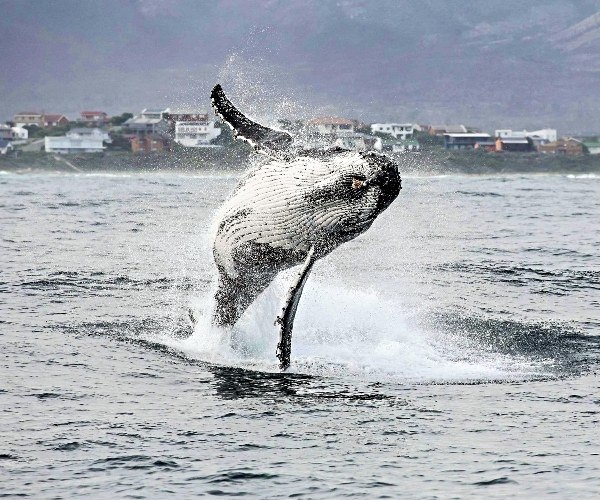

Hermanus is a breeding ground for southern right whales. Each year whales travel thousands of kilometres, from the cold waters of the Antarctic, to give birth to their young and to frolic in the sheltered bay. The best time to visit Hermanus, for whale-watching, is between July and November, and the town’s two whale festivals, in August and September, celebrate these wonderful creatures. Hermanus is home to the only ‘whale crier’ in the world, a tradition that started in 19291, and from June to December his cries echo through the small town, alerting visitors to any whale activity off shore, with a few blows from his kelp horn.

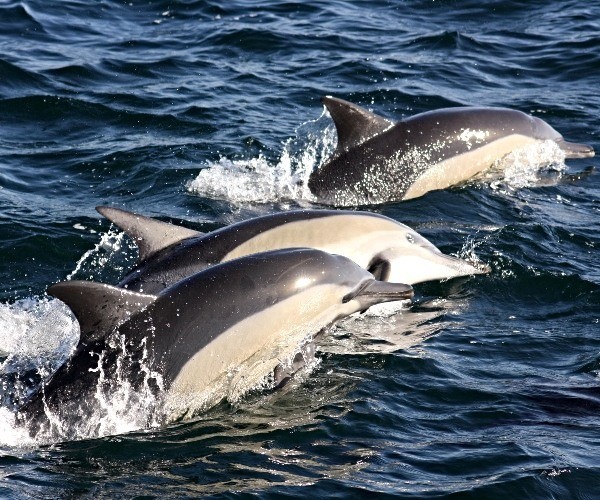
If you want to get out on the water and little closer to the whales, in an ethical way and with a company who are very involved in conservation, then Marine Dynamics in Gansbaai, approximately a 45-minute drive away, offer a ‘Marine Big 5’ experience. You’ll head out on a 14m catamaran, for a 2-to-3-hour boat cruise, depending on sightings and weather conditions, to look for whales, dolphins, seals, sharks and African penguins. Each trip is led by an experienced marine biologist.
It’s on the Hermanus cliff path that some of the best land-based whale watching occurs. Running almost the entire length of town, the cliff path winds 11km along the rugged coastline. Strolling along it you have beautiful views of the mountains, ocean and fynbos. Set at regular intervals on the rocks and cliffs that overlook the sea, are a series of wooden benches, making perfect vantage points for spotting whales. We walked the cliff path after breakfast each day, walking one way the first day and the other on the second, the whole route takes around 3h45min to complete.
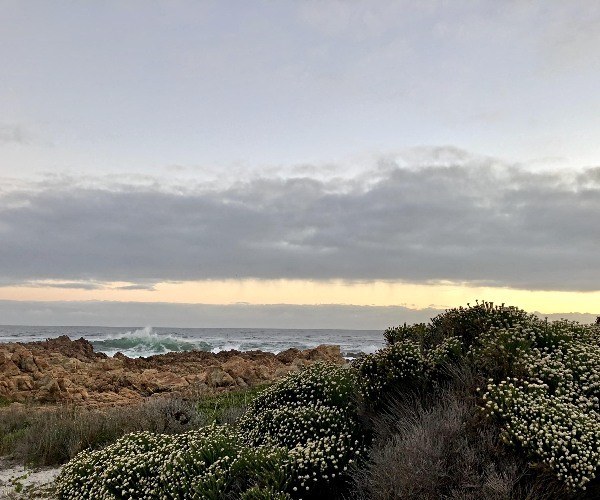
The cliff path is part of the Fernkloof Nature Reserve, and its fynbos covered mountain slopes hug Hermanus, forming an imposing backdrop to the town. Fernkloof Reserve has over 60 km network of trails, ranging from moderate to strenuous hikes, all affording spectacular views of Hermanus and the vast sweep of Walker Bay. More than 1,250 species of plant, including several unique types of fynbos, have been identified here. The reserve is also home to a fascinating variety of birds, with almost 100 species in this small area. We headed out on foot from our hotel, and a few minutes later were inside the reserve, heading up the steep hill to a beacon, on the highest point overlooking Hermanus. It was a beautiful hike, and the panoramic views over the ocean, beaches and lagoon were fantastic.

A short stroll along the cliff path from our hotel was the impressively long 18km Grotto Beach, Hermanus’s longest beach. Rolling white-capped waves and seemingly endless sand, we walked on and on, and had the beach entirely to ourselves. 2km along the beach we reached the Kleinrivier Lagoon, the same lagoon we had seen earlier from our hike to the beacon. The lagoon is 10km long, just over 2km wide at its widest point. It’s shallow and warm and home to an array of birdlife, as well as being important ecologically for the many fish species that spawn here before heading out to sea. There is a bird hide here which is open to all.

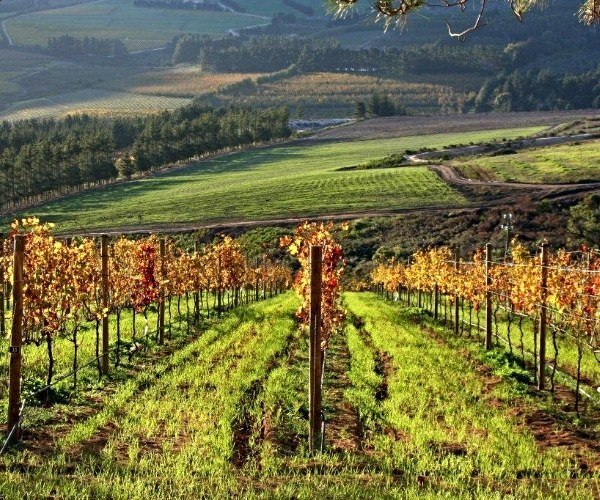
Leaving the beach behind we set out to explore another side of Hermanus – wine. The vineyards of the Hermanus Wine Route, the southernmost in Africa, produce top quality wines. Stretching back behind Hermanus is the Hemel-en-Aarde Valley, rapidly becoming regarded as one of the most exciting wine areas in South Africa, as well as one of the most beautiful, Hemel-en-Aarde means “Heaven and Earth” in old Dutch and Afrikaans. The Valley boasts over 15 renowned wine farms, and offers a variety of excellent wines.
15km from Hermanus is the beautiful Benguela Cove Wine Estate, renowned for producing elegant cool climate wines. Located on the edge of the Bot River Lagoon and framed by views of the Kogelberg Nature Reserve and the Atlantic Ocean, we spent a very pleasant afternoon indeed, sampling everything from their MCC, through the Dry Rosé, Chardonnay, Pinot Noir, Collage and finally to the Malbec.
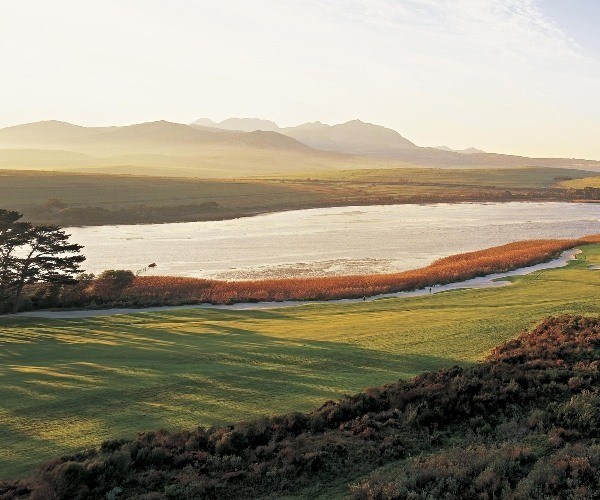
IMPORTANT NOTICE:
If you are reading this article anywhere other than on , then the chances are that this content has been stolen without permission.
Please make a note of the web address above and contact to advise them of this issue.
Thank you for your help in combatting content theft.

For the golf lovers, on the other side of the Bot River Lagoon from Benguela Cove Wine Estate, is the Arabella Golf Course and 30km away, on the other side of town is the Hermanus Golf Club , where curious baboons have a habit of silently sitting and observing the players. These are two of South Africa’s most prestigious golf courses. You can choose between 9 or 18 holes at Arabella, or start with an early morning tee-off at the 27 hole Hermanus Golf Club.
On a darker note, delve into the region’s history and learn about one of South Africa’s most famous shipwrecks. At 2am, on a calm clear night, on 26th February 1852 the HMS Birkenhead rounded the Cape of Good Hope, and struck rocks of Danger Point, near Gansbaai. She was carrying British troops to the frontier wars, as well as about 26 women and children. Water rushed in through the damaged hull, and many soldiers drowned, still lying in their hammocks. Tragically, of the eight lifeboats, only three and could be used, and the wreck of the Birkenhead is famed for the story of the soldiers who stood stoically by, while the women and children were loaded first into the few seaworthy boats. Many of the soldiers went down with the ship, most drowned, but some were taken by sharks. Of the Birkenhead’s approximately 643 passengers and crew, only 193 survived. The Birkenhead is remembered, not only for its terrible death toll, but also for being the first instance where the principle ‘women and children first’ was applied.

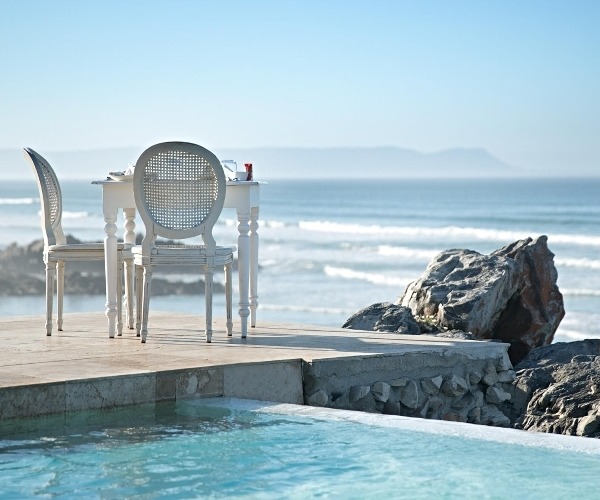
Taking its name from the tragic shipwreck one hundred years earlier, in 1952 the Birkenhead Hotel opened its doors. In the 1970s investors purchased and demolished this fine old hotel, intending to build a holiday time-share. The site stood vacant for years, before two private homes were built on the site. The two houses were ultimately reconfigured and rearranged to form the beautiful Birkenhead House which opened its doors in 2003. With a central courtyard that contains a pool, and has a bar, spa, TV lounge, and gym to one side, Birkenhead House is considered one of South Africa’s premier boutique hotels, and certainly lives up to its reputation.

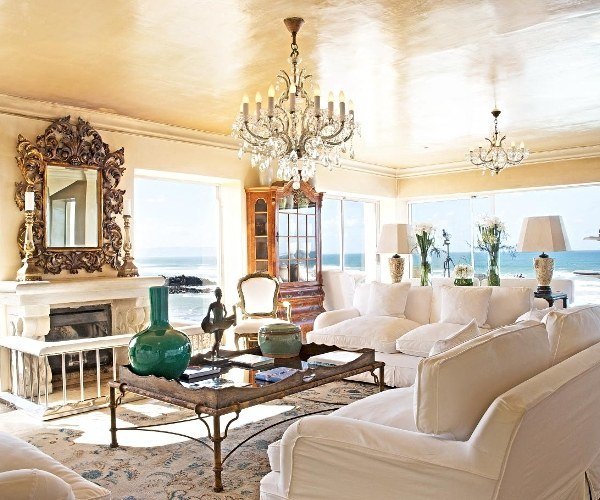
Birkenhead House is a chic beach hotel, and it sets the standard for luxury in Hermanus. With its contemporary décor, quirky opulence and a cliff top position overlooking the ocean, with pounding waves directly below, Birkenhead House is special place and a wonderful getaway. There are only 11 rooms, ensuring personal attention at every turn. The bedrooms themselves are individually and stylishly decorated. There are sea facing bedrooms rooms with private balconies and beautiful views, bedrooms with sweeping mountain views and other rooms, like ours, with their own private plunge pool. The sitting and lounge room has an ornate fireplace, gilt-edged mirrors, opulent furnishings, and views out over the ocean through picture windows. A collection of original artworks and sparkling chandeliers hang throughout the hotel.


At dinner we spotted a genet, with its long tapering tail and pointy nose, surreptitiously making its way across the paving beside the pool, and from our breakfast table we saw a pod of dolphins making their way through the water, whilst a handful of surfers braved the cold to paddle out beyond the waves. At the right time of year, you can witness Southern Right and Humpback Whales breaching just metres from the shore, without even leaving the hotel. In fact, with an all-inclusive rate, where all meals and drinks are included, guests never need leave to the hotel at all! At every meal we had personalised menus awaiting us, with delicious dishes to choose from, and waiters who always knew exactly what wines to suggest for every course we chose.
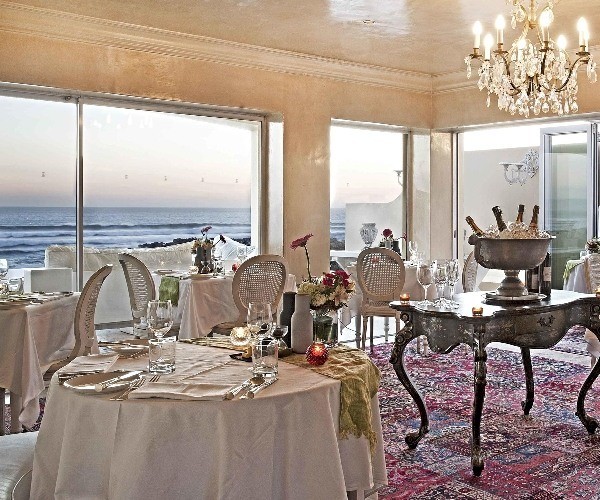
From Birkenhead House, if you can drag yourself away, you can walk along the cliff path to Hermanus town, where there are a variety of galleries, boutiques, craft markets, wine bars and restaurants to explore, tucked down quaint side streets. When you have finished, if you don’t fancy the return walk, the hotel will happily collect you, and any purchases you have made.
Over the years the once small fishing town of Hermanus has grown to become one of South Africa’s best known and loved tourist destinations, and you should definitely add it to your next Cape Town itinerary.
